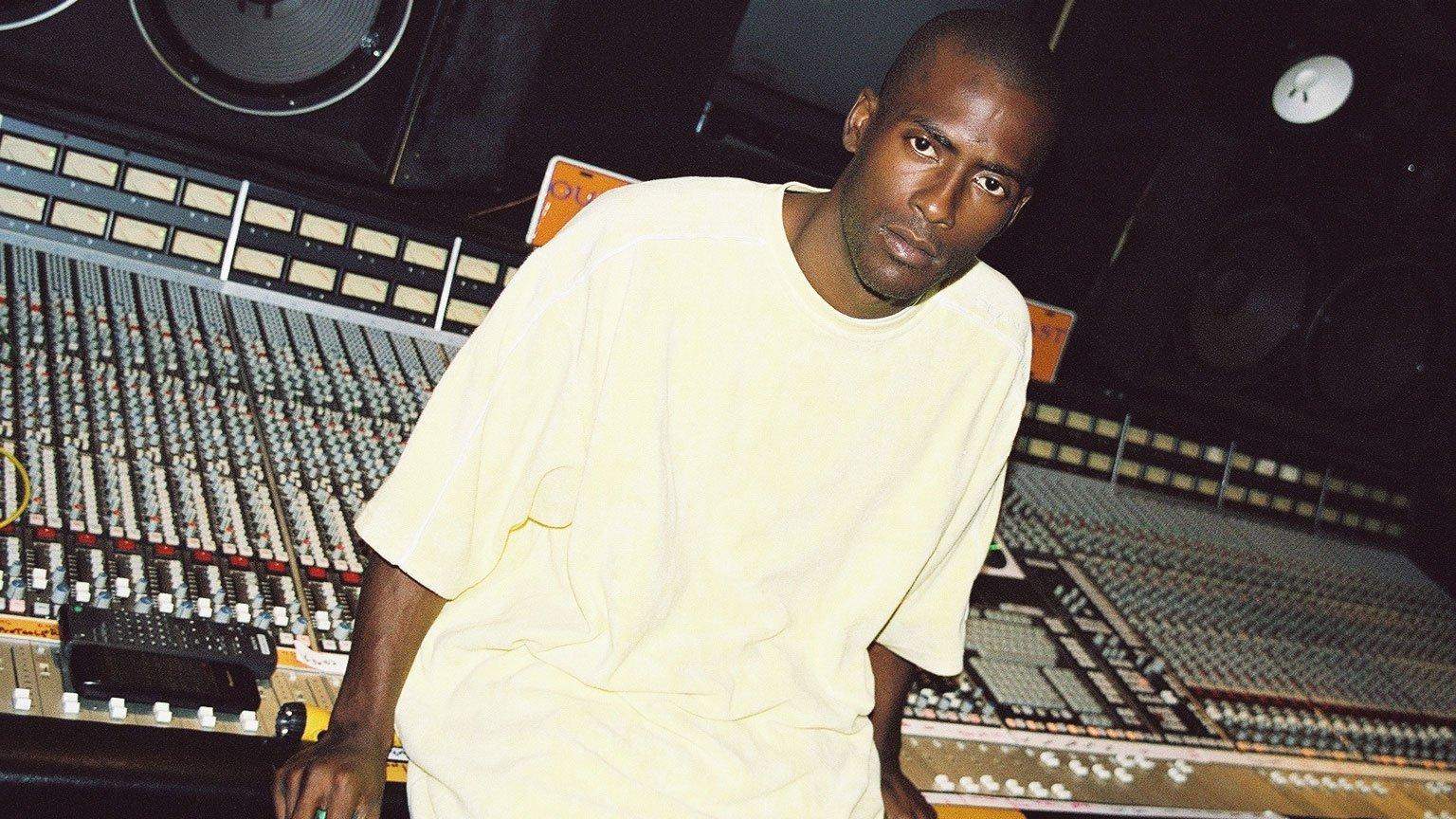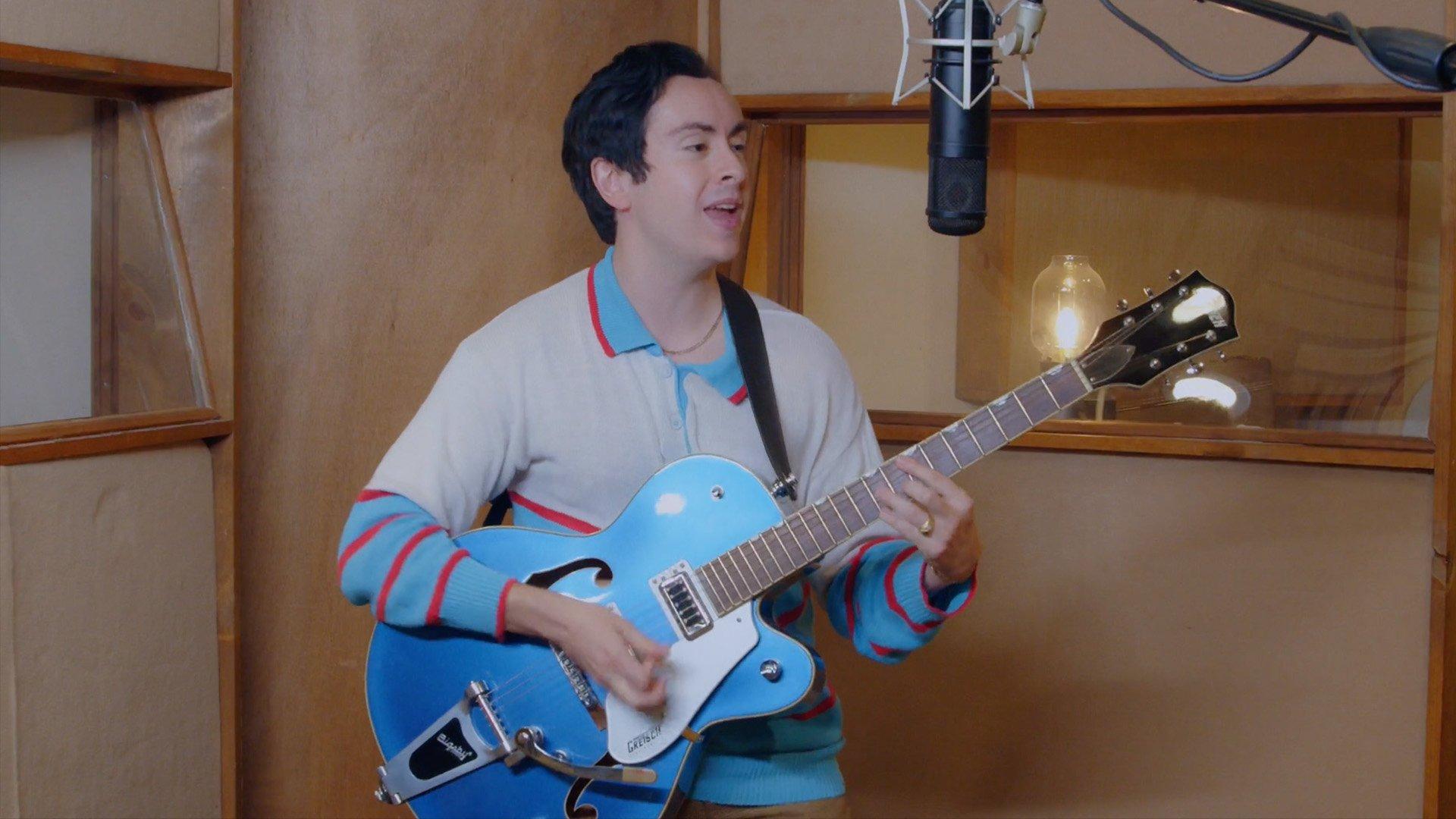After winning big at Sunday's 53rd Annual GRAMMY Awards, Lady Antebellum is already looking forward. The group's first thought after winning the coveted Record Of The Year? "We got a lot of work to do!" Charles Kelley told ABC News Radio. Lady A has already been hard at work on their follow-up to the double-platinum smash Need You Now, which also spawned wins for Song Of The Year, Best Country Performance By A Duo Or Group With Vocals, Best Country Song, and Best Country Album. "We're about halfway done, and we feel really great about what we've done so far," Kelley said regarding the new album. "[The GRAMMYs] inspired us and did put a little extra pressure in a good way of like, 'OK, this is our moment to really take this thing and make a great record." Will the new album tell us what happens at half past 2 a.m.? Stay tuned. And until then, you can catch Lady A on the road in a town near you.
Blues legend Pinetop Perkins added another award to his mantle in picking up Best Traditional Blues Album honors with Willie "Big Eyes" Smith for Joined At The Hip. He also made a little history in the process. At 97 years old, Perkins, who won a GRAMMY in the same category in 2007 and received a Recording Academy Lifetime Achievement Award in 2005, became the oldest person to ever win a GRAMMY, edging out comedian George Burns. How did Pinetop celebrate? By sleeping in. "He was very excited about winning. I think it all came crashing down. We had to tuck him in last night," said Patricia Morgan, Perkins' manager.
Though comedian Kathy Griffin didn't pick up the GRAMMY for Best Comedy Album this past Sunday, she already has her sights set somewhere else: Broadway. "While I have been asked to understudy for 'Spider-Man' and take over for Al [Pacino] when he has finished his run in 'The Merchant Of Venice,' instead I have decided to take my very own show to Broadway," joked Griffin. "Kathy Griffin Wants A Tony" is scheduled to run at the Belasco Theater in New York in March and will feature "fresh material due to the revolving door of pop culture, political and celebrity missteps." Griffin, who is a two-time Emmy winner, has received two prior GRAMMY nominations for Best Comedy Album. Those looking to get a pre-Broadway Griffin fix can watch her on the "f***ing high-octane" GRAMMY Pre-Telecast Ceremony, where she presented 13 awards and plenty of fresh material to boot.
Fresh off a trance-inducing performance and three GRAMMY wins, Lady Gaga is taking her monster act to HBO. The cable network announced that two of Gaga's upcoming concerts at New York's Madison Square Garden will be taped for a concert special to air May 7. Will the GRAMMY red-carpet egg make an appearance? HBO says the Lady will showcase some brand-new moves for the special, maybe she'll perform rolled in an omelet. In related Gaga news, her new single "Born This Way" cracked the No. 1 spot on the Billboard Hot 100, becoming the 1000th No. 1 single in the chart's 52-year history. Now that's not something to yolk about.
Justin Bieber may have just missed taking home GRAMMY gold for Best New Artist, but the enthusiasm and dedication of his fans is still unfailing. Following Sunday's GRAMMY telecast, which saw the coveted trophy go to jazz artist Esperanza Spalding, Bieber fans came out in droves to express their disappointment, namely via such sites as Wikipedia and YouTube. One group of individuals, no doubt conflicted with a severe case of Bieber Fever, took to Spalding's Wikipedia page to make a few alterations, changing her middle name to "Justin," then to "Quesedilla," and adding lines such as, "She now has the 2011 GRAMMY for being the Best New Artist! Even though no one has ever heard of her! Yay!" What does the Bieb think? Appearing on "Chelsea Lately" on Monday, the young gun admitted he's disappointed over his loss, but really excited for Spalding. "She's worked hard," said Bieber. Bieber also had a few thoughts on his fellow GRAMMY performers' red-carpet attire, namely Lady Gaga. "People say it's artistic and stuff," said Bieber. "I'm just like, 'You're an egg.'"
Following his spirited GRAMMY performance in an In Memoriam tribute to the late Solomon Burke, Rolling Stones frontman Mick Jagger became the latest victim of a Twitter hoax. On Wednesday "RIP Mick Jagger" became a top trending topic, which was started following a tweet by radio DJ Peter Rosenberg: "wait i thought this was for actual dead people...not the living dead RIP Mick Jagger ..." Jagger joins the illustrious company of Bieber, Aretha Franklin and Charlie Sheen, who have also been subjected to similar Twitter tomfoolery. Thankfully, judging by his energy and the speed at which he whipped off his cloak this past Sunday, Mick is very much alive.
Know any hooligans looking to visit wondaland? We thought so. GRAMMY winner Bruno Mars and GRAMMY nominee Janelle Monáe are teaming for a U.S. run this summer, dubbed the Hooligans In Wondaland tour. Judging by their memorable performance this past Sunday, in which Mars led a retro remix of "Grenade" and Monáe crowd-surfed through her "Cold War," there will be plenty of doo-wop, soul and R&B to go around. Before the duo kicks off the Mars/ Monáe madness, each artist will stage their own respective European tours in the coming weeks, with Monáe starting in Brussels Feb. 20 and Mars beginning in Berlin on Mar. 3.
The Bonnaroo Music & Arts Festival will celebrate its 10th anniversary down on the farm in style June 9–12 in Manchester, Tenn. The bill will feature approximately 50 acts, including a reunited Buffalo Springfield featuring Neil Young, who won the second GRAMMY of his career for Best Rock Song for "Angry World" this past Sunday. Fellow 53rd GRAMMY winners Arcade Fire, Ryan Bingham (this time paired with his band the Dead Horses), the Black Keys, Eminem, and Mavis Staples are also scheduled to perform. The bill will also feature past GRAMMY winners Big Boi, Alison Krauss & Union Station and Loretta Lynn.
Lady Gaga's "Born This Way" is No. 1 on both the Billboard Hot 100 and iTunes singles chart.
Any news we've missed? Comment below.
For the latest GRAMMY news, visit us on Facebook, Twitter and YouTube. Need more GRAMMY content? View photos, videos, blogs, and news from GRAMMY Week.




